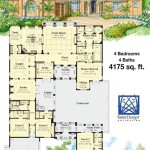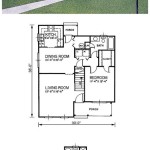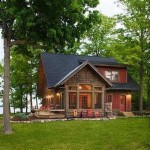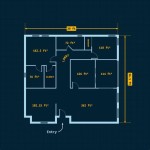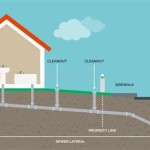Dog Kennel DIY Plans
Building a dog kennel provides a safe and comfortable space for canine companions. A well-designed kennel offers protection from the elements, a sense of security, and a dedicated area for rest and play. This article will explore various DIY dog kennel plans, covering crucial aspects like planning, material selection, construction, and essential features to consider.
Planning and Design
Before undertaking any construction project, meticulous planning is paramount. The first step involves determining the appropriate size of the kennel based on the dog's breed, size, and activity level. Larger, more active breeds require significantly more space than smaller, less active breeds. The kennel should be large enough for the dog to comfortably stand, turn around, and lie down. Sketching a plan with accurate measurements helps visualize the final structure and ensures that all materials are purchased in the correct quantities.
Consider the kennel's location. Ideally, the kennel should be situated in a well-drained area that offers some shade during hot weather. Proximity to the house allows for easier monitoring and interaction with the dog. The orientation of the kennel is also important. Positioning the entrance away from prevailing winds provides added protection from the elements.
Local regulations regarding kennel construction should be researched and followed. Some areas may have restrictions on kennel size, materials, or placement.
Material Selection
Choosing durable and weather-resistant materials is essential for a long-lasting kennel. Pressure-treated lumber is a popular choice for framing due to its resistance to rot and insect damage. Chain-link fencing is commonly used for the walls, offering good ventilation and visibility. However, for dogs that are prone to chewing or escaping, stronger materials like welded wire mesh may be necessary.
The flooring of the kennel should be comfortable and easy to clean. Concrete slabs provide a durable and sanitary surface, but can be cold in winter. Adding a layer of rubber matting or wood shavings can improve insulation and comfort. Alternatively, gravel or pea gravel can be used for drainage, but regular cleaning is required to prevent the buildup of waste.
Roofing materials should be waterproof and provide adequate insulation. Asphalt shingles, metal roofing, or corrugated plastic are all viable options. Ensure proper ventilation to prevent the buildup of moisture and heat inside the kennel.
Construction Process
Begin by constructing the frame of the kennel according to the planned dimensions. Securely anchor the frame to the ground using concrete footings or posts to ensure stability. Next, attach the chosen wall material to the frame, ensuring it is taut and securely fastened.
Install the roofing material according to the manufacturer's instructions. Ensure a slight slope to allow for proper water runoff. If using a concrete slab for flooring, pour and finish it before constructing the walls. If using gravel or other loose materials, install a border to contain the flooring within the kennel.
Add a door to the kennel that is securely latched and large enough for the dog to comfortably enter and exit. Consider adding a small access door for cleaning and maintenance. Finally, inspect the entire structure for any sharp edges or protruding nails and address them accordingly.
Essential Features
A proper dog kennel should incorporate several key features to ensure the dog's comfort and safety. Adequate ventilation is crucial, especially in warmer climates. Ensure sufficient airflow by incorporating vents or gaps in the wall construction, and avoid completely enclosing the kennel.
Provide shade to protect the dog from direct sunlight, particularly during hot weather. This can be achieved by positioning the kennel in a shaded area, adding a roof overhang, or planting trees nearby.
Elevated bedding provides insulation from the ground and improves comfort. A raised platform or dog bed can help keep the dog dry and warm, especially during colder months.
Fresh water should always be available within the kennel. Use a heavy-duty water bowl that cannot be easily tipped over. Regularly clean and refill the water bowl to ensure a constant supply of fresh water.

Diy Plans For Large Double Dog Kennel Crate Furniture

Medium Dog Kennel Diy Plans Crate Furniture Digital

8x16 Dog Kennel Plans 2 Stall Shelter

Large Wood Pet Kennel End Table Ana White

Diy Plans For Double Dog Kennel Tv Stand Wooden Crate Entertainment Center Digital

How To Build An Outdoor Chain Link Dog Kennel Family Handyman

Diy Building The Perfect Dog Kennel Gun

Diy Dog Crate How To Build A Kreg Tool

Dog Kennel Building Plans And Diy Runs

Diy Plans For Triple Dog Kennel Tv Stand Extra Large Wooden Crate Media Center Digital House Furniture
Related Posts


